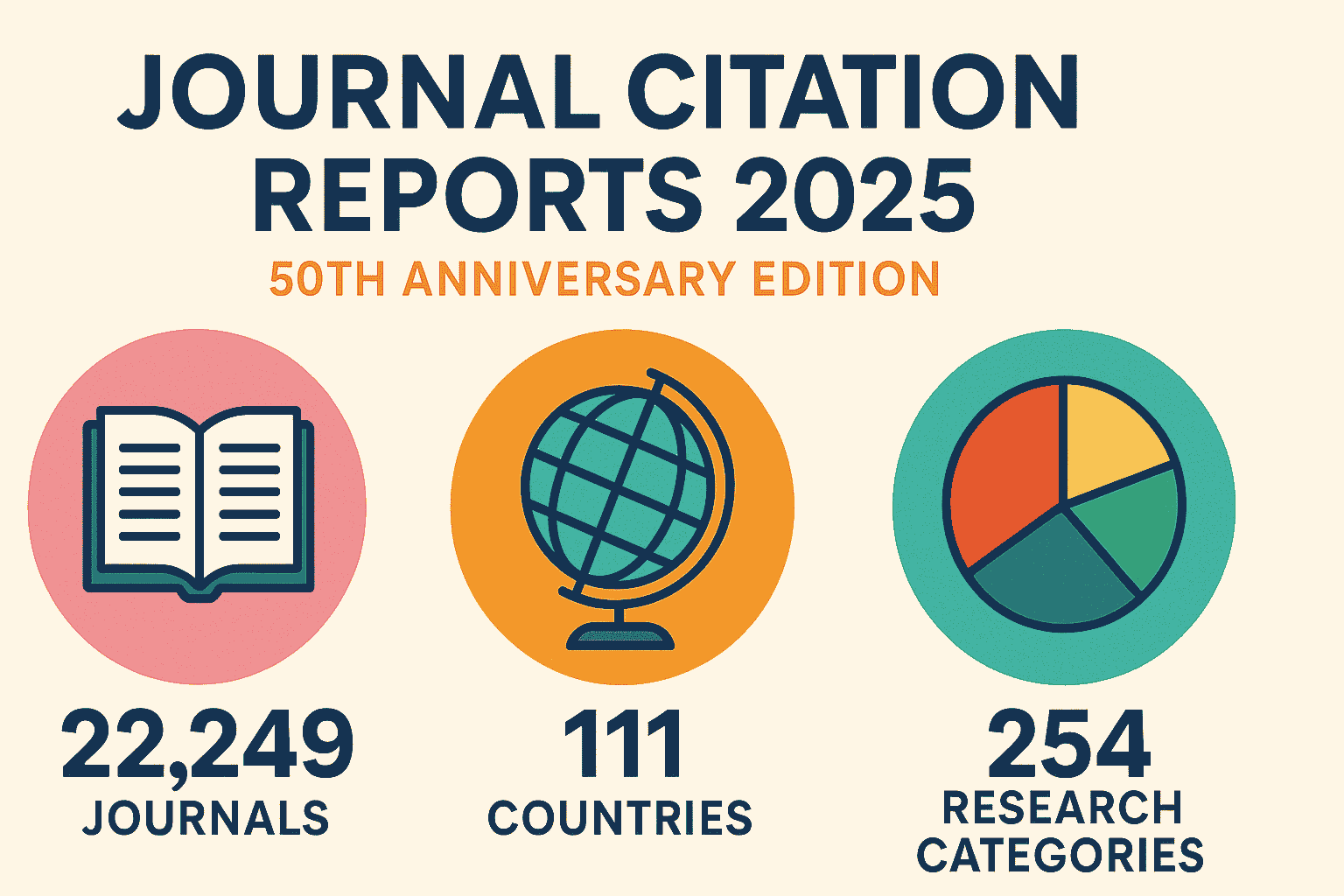RNA Extraction Protocol in Detail Let’s dive into details using a widely accepted protocol based on an RNA extraction kit (which utilizes the organic extraction method with TRIzol, which is a monophasic solution of Read More
Tags :protocol
Flow Cytometry Detailed Protocol Flow cytometry is a technique used for counting, examining, and sorting microscopic particles/cells suspended in a stream of fluid. Here is a detailed protocol for a typical immunofluorescence flow cytometry Read More
Enzymatic digestion protocol for single-cell suspension Creating a single-cell suspension through enzymatic digestion involves several steps in which tissues are broken down into individual cells. Here is a simple generic protocol that you could follow: Read More
ELISA Immunoassay Detailed Protocol Enzyme-linked immunosorbent Assay (ELISA) is a biochemical method used to detect the presence and concentration of antibodies or antigens in a sample. Materials needed: – ELISA Plates – Target antigen or antibody – Non-reactive Read More
Protocol for Mouse spleen isolation and preparation of single-cell suspension Before carrying out any lab procedures, please consult your lab protocol and safety guidelines. Also, ensure all equipment used has been cleaned and sterilized according Read More
TCR Sequencing Protocol T-cell receptor (TCR) sequencing is a technique used to analyze or profile the repertoire of T-cell receptor sequences in a sample. This advanced immunogenetics method provides important insights about immune responses and Read More
Fluorescence Imaging Protocol Fluorescence imaging is a powerful tool often used in biological research to visualize cells and tissues. The protocol for fluorescence imaging can vary depending on the specific purpose of the study, the Read More
qRT-PCR Protocol qRT-PCR, also known as real-time reverse transcription PCR or quantitative reverse transcription PCR, is a laboratory technique used in molecular biology to amplify and simultaneously quantify a specific DNA target. It is often Read More
Transwell Cell Migration and Invasion Assay Transwell cell migration and invasion assays are widely used methodologies in biomedical research to study cells’ migratory and invasive capabilities. These assays are particularly relevant in the study of Read More
Ammonium Sulphate Fractionation of Antibodies (Crude Protein Purification) Abstract A “cut” with ammonium sulphate was the go-to procedure for isolating IgG and other blood proteins until Protein A (rabbit) and Protein G (rodent) were widely Read More









